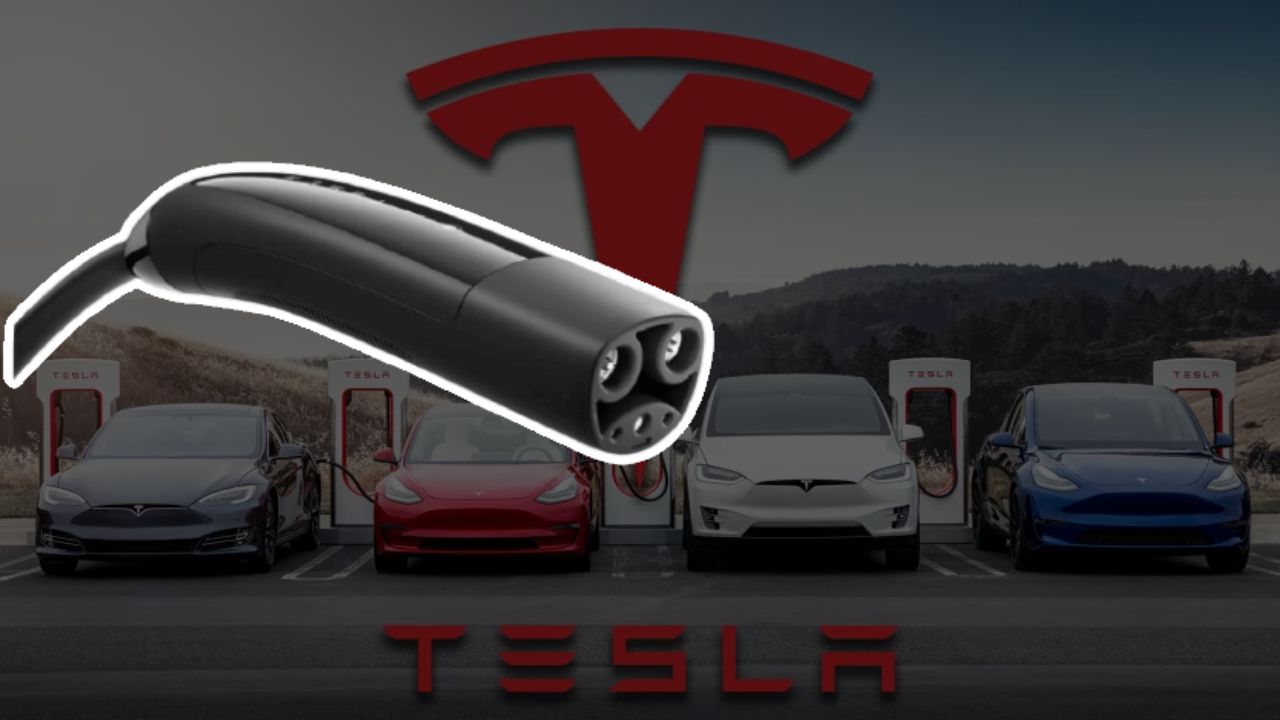Tesla CEO Elon Musk recently gave an update on the production timeline for the highly anticipated Tesla Semi, the company’s class 8 electric truck. However, it seems that the production of the Tesla Semi will be delayed yet again, pushing back the timeline for volume production.
After several years of delays, Tesla finally unveiled the production version of the Tesla Semi in December 2022 and began delivering the first units to customers. This was a significant milestone for the company, but the main question that arose was about the volume of production.
Before the deliveries started, Musk had expressed an ambitious goal of ramping up Tesla Semi production to 50,000 units per year by 2024. However, given that Tesla had only set up a low-volume production line for the Semi in Nevada, it was always a challenging target. As expected, Musk is now revising the timeline, stating that volume production of the Tesla Semi should not be expected until the end of 2024.
During a conference in Austin, Musk mentioned that the delay is due to battery-supply constraints. This implies that Tesla is facing challenges in sourcing enough batteries to meet the demand for the Semi. This setback suggests that the company needs more time to resolve these supply chain issues before it can achieve significant production volumes.
In a previous report by Electrek, it was revealed that Tesla had established a low-volume production line capable of producing approximately five trucks per week in a building adjacent to the Gigafactory in Nevada. However, the plan was to establish volume production of the Tesla Semi in an expanded section of the Gigafactory.
Considering the current status of the Gigafactory expansion, it is not surprising that the production timeline for the Semi is being pushed back. Unless there are substantial advancements at the factory, it is unlikely that Tesla will be able to deliver more than a few thousand Tesla Semi trucks by 2024. This delay does not reflect well on Musk or Tesla, as it suggests that the initial production estimate was not based on an accurate assessment of the state of the Tesla Semi program.

